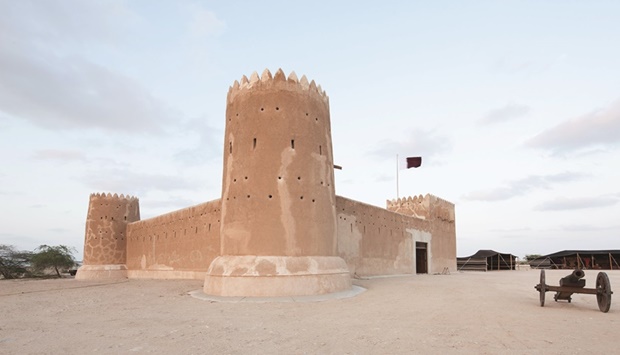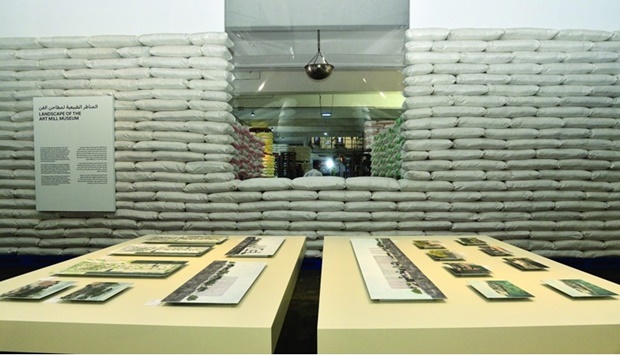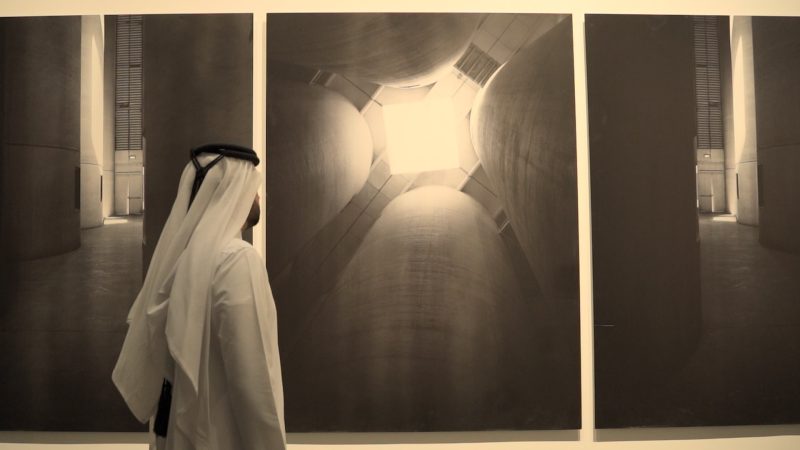Al Zubarah site, the largest archaeological site in Qatar, remains a witness to the history and nobility of the Qataris, as it was and will remain an authentic Qatari landmark.
It is a unique model for the social and economic transformation in the country, as from it the pearl trade flourished, and was a cultural centre that embraced many literary figures who emerged in the city of Zubarah, expressing the authentic Qatari sentiment and human interaction between the sea and the desert.
In statements to Qatar News Agency (QNA), officials and heritage experts stressed the importance of this archaeological landmark and its invocation in the hearts of the Qatari people, on the occasion of the anniversary of its joining the Unesco’s list of World Heritage sites, which falls today (June 22).
In 2013, Unesco approved the addition of Al Zubarah to its list, which includes the city’s stunning wall, residential palaces, homes, markets, industrial areas, and mosques.
A team of Danish archaeologists classified Al Zubarah as an archaeological site for the first time in the 1950s, after which a team of Qatari and Danish archaeologists carried out excavations at the site.
After conducting studies and research on the site, a large group of archaeological finds dating back to the period between the 18th and 19th centuries were found and are displayed in the Al Zubarah museum.
HE the Permanent Representative of Qatar to Unesco, Dr Nasser bin Hamad al-Hanzab, said that the decision of the 37th World Heritage Committee held in Cambodia stipulated on June 22, 2013, on inscribing the archaeological site of Al Zubarah in the World Cultural Heritage List.
The decision was supported by the universal value of the site of Al Zubarah, and its connection to human development and community growth in the Qatari history, as it was at the height of its prosperity, a trade bridge with the Indian Ocean, the Arabian Peninsula, and West Asia, where the walled coastal city of Al Zubarah in the northwest of Qatar flourished as an important commercial center between the 18th and 19th centuries.
Al Zubarah site is a vivid reflection of the development of a trading community during that period in the Gulf region and its interaction with the surrounding desert landscape, he added.
Al Zubarah is distinguished by providing outstanding evidence of the active trade and pearl diving that preserved the main coast of the region from the early Islamic period and before the 20th century, as it is the embodiment of a series of cultural and architectural institutions in this region, he noted.
He stressed that Al Zubarah will remain a witness to human interaction with the sea and the desert environment in northern Qatar and the region.
There, weights of pearl divers, porcelain, sailboats, fisheries, wells, and agricultural activity are present, and how Al Zubarah was a major center driven by trade, making it a historical site that provides a model for human interaction between the sea and the desert by establishing development and building life by linking it with other cultures through trade.
For his part, Mohamed Saeed al-Balushi, a heritage expert, explained that the city of Al Zubarah is the largest archaeological site in Qatar, and is characterised by its wall, residential buildings, and markets.
The site consists of three main parts, namely, the archaeological site of Al Zubarah city, which its history dates back to 1760, and the Murair fortress, which the archaeological studies trace back to the Abbasid period due to the way fortifications were built for this castle, and the fortress of Zubarah, which was built in 1938.
Al Zubarah archaeological site is considered one of the largest sites not in Qatar only, but in the Arab Gulf region between the period of the18th and 19th centuries, stressing that the archaeological and cultural site of Al Zubarah represents a unique model of social and economic transformation because it is considered a thriving port for the pearl trade, and a cultural center, from what is what we found through literary figures that emerged in the city.
He explained that the accession of the archaeological site of Al Zubara to the Unesco list of World Heritage sites on June 22, 2013, showed the historical importance of this site.
The first to excavate in the city of Al Zubarah was a team of Danish archaeologists in the 1950s.
Afterward, a team of Qatari archaeologists worked on excavations at the site, where a number of archaeological finds were discovered, and part of them are displayed in the museum near the archaeological site, as well as in the Qatar National Museum.

















Leave a Reply